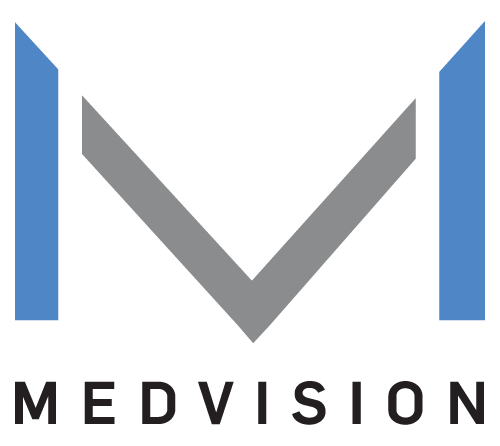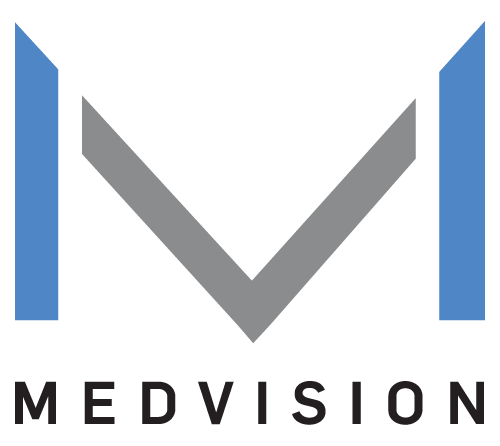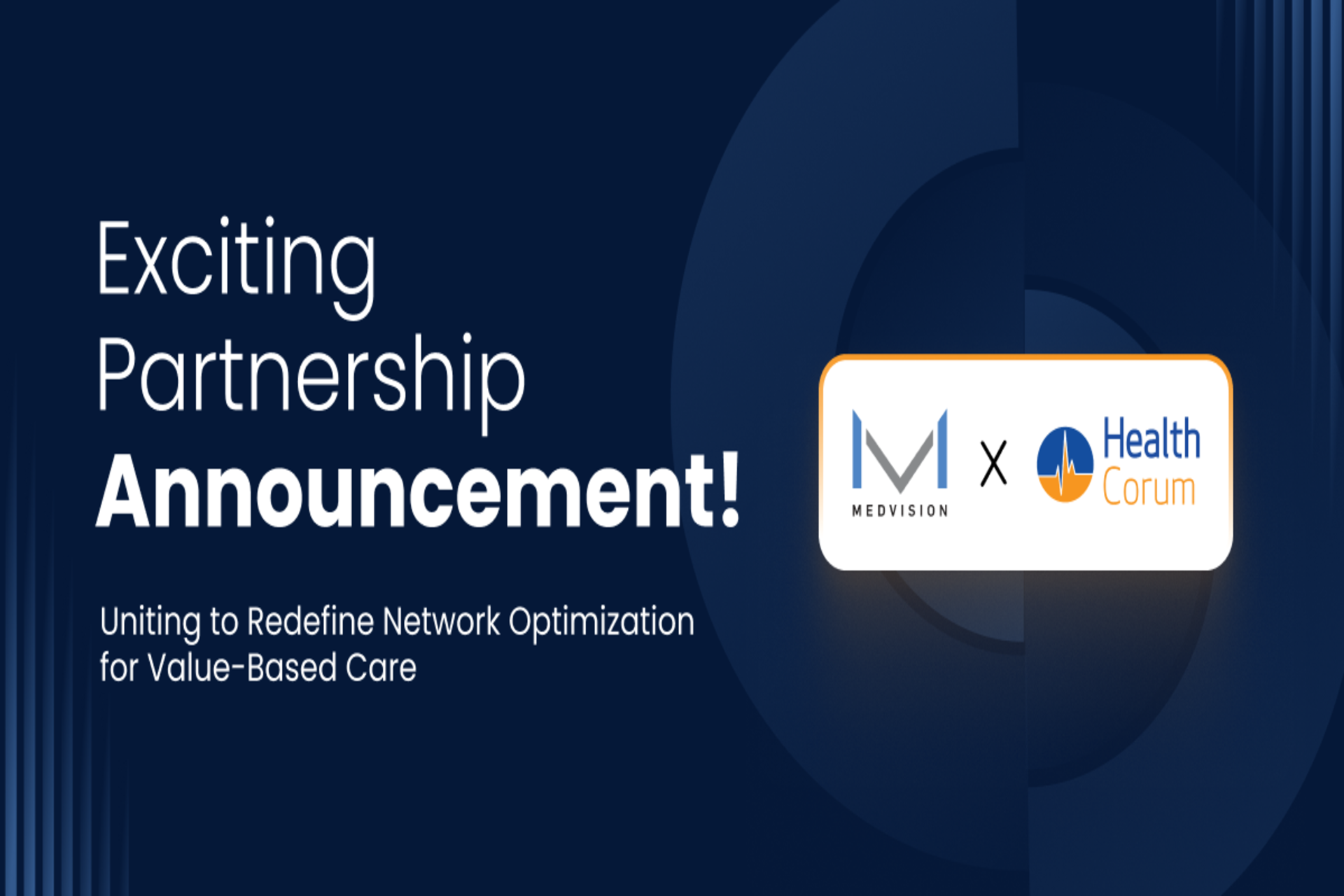Accurate data reporting directly impacts funding, care quality, and program sustainability. This is particularly important for PACE programs, as proper reporting guarantees audit readiness, drives quality improvement, and demonstrates fiscal responsibility.
Having access to data is one thing, but if you consider CMS regulations and other strict reporting requirements, it becomes a tedious process involving many hours and human resources. As such, PACE organizations need efficient, reliable solutions that support them in staying ahead.
If it’s accuracy and efficiency you need,
MedVision’s QuickCap is the all-in-one Healthcare solution you’re looking for. QuickCap is equipped with all the essential tools that help you simplify data reporting while maximizing your financial stability without the burden of administrative processes weighing you down.
The Smarter Way to PACE Reporting is Here
The Rules that Affect PACE Data Reporting
PACE programs operate under strict CMS and state regulations to ensure seniors receive high-quality, coordinated care.
- CMS & State Regulations: PACE programs must adhere to federal guidelines and additional state-specific requirements.
- Regulatory Frameworks: CMS mandates specific reporting under:
- Title 42 CFR §460.130(d) – CMS requires programs to meet external quality assessment and reporting requirements.
- Title 42 CFR §460.200(b)(1) – PACE programs must allow CMS and the administering State to access data and records, including participant health outcomes data, financial books and records, medical records, and personnel records.
- Title 42 CFR §460.202
– Programs should establish health information systems that collect, analyze, integrate, and report data necessary to measure the organization’s performance, including outcomes of the care provided.
- Transparency & Audits: CMS conducts audits to evaluate compliance and accurate data reporting to ensure programs avoid penalties and funding risks.
PACE programs operate under capitated payments, which means CMS provides funding based on the program’s participant risk levels and service utilization.
How Does Reporting Affect PACE Payments
As stated before, the data you report directly affects how much funding you receive. CMS relies on your reports to determine reimbursement rates, calculate risk scores, and financial sustainability. Here’s how it all connects:
How CMS Calculates PACE Funding
Capitated Payments: CMS provides a set amount per participant. This amount is usually based on:
- Risk Adjustment Scores – Higher-risk participants require more care, leading to higher reimbursements.
- Encounter Data – Every medical service provided must be documented and reported. If it’s not reported, it’s as if the care never happened.
Risk Adjustment & Data Accuracy
- PACE participants often have complex medical needs, and CMS adjusts payments based on reported health conditions.
- Risk scores drop, and funding decreases if diagnoses or treatments are underreported.
What do you get when reports are inaccurate or delayed?
- Funding Cuts: Missing or incorrect data leads to lower risk scores, which means less funding.
- Penalties & Audits: CMS may flag discrepancies, triggering financial penalties or audits.
- Compliance Risks: Failure to meet reporting requirements could result in program sanctions or even loss of certification.
Data Analytics for PACE Programs: What to Track & Why
CMS wants certain
key compliance requirements for PACE organizations since they provide meaningful insights into a program’s performance, participant health, and operational efficiency. Here are some requirements that CMS will likely look for in your PACE program:
Enrollment & Eligibility Reporting
- Tracks who is enrolled, their eligibility status, and any disenrollment
- Ensures programs meet regulatory requirements and affected capitated payments
Encounter Data & Service Utilization Tracking
- Documents every medical visit, treatment, and service a participant receives
- Enables CMS to accurately adjust funding based on participant needs
Risk Adjustment & Health Status Assessments
- Captures participants’ diagnoses, chronic conditions, and overall health status
- Determine risk scores for PACE compliance to increase funding for higher acuity patients, with lower payments resulting from incomplete data
Quality Measures and Outcomes Reporting
- Tracks hospital readmissions, fall prevention, medication adherence, and other quality-of-care indicators
- Complies with CMS quality benchmarks and secure performance-based incentives
When you handle and track a lot of data, real-time data monitoring can be transformative for PACE Programs.
- Faster Decision-Making: Easily identify areas where costs can be optimized or where service delivery can be improved.
- Cost Reduction: A proactive approach allows timely interventions, prevents revenue loss, and underreported risk scores.
- Audit-Readiness: Always stay audit-ready with updated documentation.
Tools & Strategies for Smarter PACE Data Reporting
Tracking key metrics is one thing; effectively managing and using that data is another. To stay compliant and financially stable, your programs need the right tools and strategies to refine data reporting, interpret trends, and take action when needed.
Let’s start with some essential tools that help manage diverse data streams that address all aspects of care delivery so reports are always accurate.
- Claims Adjudication Software: Automates billing and claims processing, reducing errors and ensuring accurate reimbursement.
- Transportation Tracking Systems: Monitors participant transport services to verify compliance with service delivery requirements.
- Encounter Data & Risk Adjustment Platforms: Helps collect, analyze, and submit complete patient data to maximize funding.
- Real-time Dashboards & Analytics: Provides a big-picture view of your program's financial, operational, and compliance data at a glance.
Your data is your asset if you know how to interpret them. When you use your data effectively, it reveals trends, anomalies, and other areas of improvement.
- Regular Data Review: Regularly reviewing data to identify patterns or discrepancies.
- Data Visualization: Using visual tools to present complex data in an understandable format.
- Cross-Functional Teams: Work with teams from different departments to get a comprehensive understanding of data insights.
- Benchmarking: Comparing data against industry standards or peer organizations to assess performance.
Actionable insights can be extracted from your data, which can be further made into tangible improvements if you:
- Set Data-Driven Goals: Use insights to improve operational workflows, reduce errors, and enhance patient care.
- Foster Adaptive Culture: Embrace data-driven decision-making and open yourself to adjustments based on new insights.
- Train Staff on Data Interpretation: Teach everyone how to report and use data for proper compliance and funding optimization.
Stay Compliant, Stay Funded, and Stay Focused on Care with MedVision
For PACE organizations, investing in the right
PACE management software can mean the difference between compliance and financial setbacks. So, take a smarter approach to data reporting with MedVision’s QuickCap.
QuickCap takes the complexity out of data reporting with a comprehensive suite of built-in tools to address your program’s unique needs and achieve your full potential.
Automated Encounter Data Submission: Streamline the submission process with on-time and error-free reporting- Advanced Risk Adjustment Analytics: Helps PACE programs optimize risk scores and secure appropriate funding
- Real-Time Compliance Monitoring & Dashboards: Provides a clear, at-a-glance view of compliance status and potential risks
- Seamless CMS & State Reporting Integration: Align your data with all regulatory requirements without manual intervention.
Behind every data point is a person—someone who deserves the best care possible. With decades of experience in value-based care and capitated payment models at your service, let MedVision help your program thrive so you can continue providing compassionate and comprehensive care to those who need it the most.
Smarter Reporting, Stronger PACE Programs













